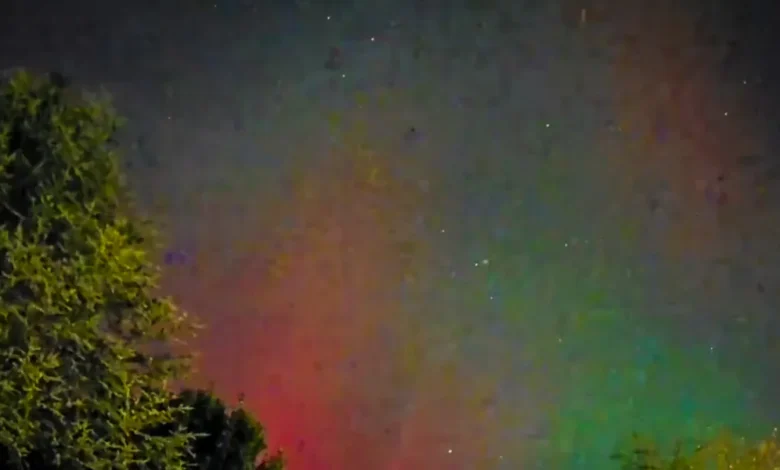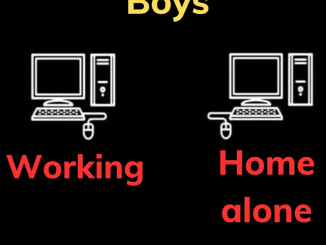
A summer adventure for Michael Stewart turned tragic when he drowned on the first day at Liberty Lake Day Camp in Burlington County, NJ. The incident has raised concerns about camp safety, prompting an investigation.
Michael’s mother, Enjoli Stewart, is heartbroken and criticized the camp’s safety measures. Born as a micro-preemie, Michael defied the odds to become a smart, loving boy, excited for his first day at camp.
The tragedy occurred during an afternoon swim; a lifeguard found Michael unresponsive in a shallow pool. Despite CPR efforts, he was pronounced dead at a local hospital. Enjoli expressed concerns about the camp’s safety protocols, including the absence of the promised instructional swim class and a one-on-one aide.
Liberty Lake Day Camp expressed deep grief and pledged to focus more on safety. The Lumberton School District and community have shown support through fundraisers, including a lemonade stand and GoFundMe campaigns to help with funeral expenses.
The Burlington County Prosecutor’s Office and Mansfield Township police are investigating. The camp continues to offer support and counseling for those affected. Michael is remembered for his resilience and kindness.
What to Know about the Stunning Northern Lights for Friday Night: Details

The breathtaking aurora borealis may be visible this Friday night across several US states. This is thanks to a recent space phenomenon.
A geomagnetic storm pushed the northern lights further south than usual this week. As a result, the National Oceanic and Atmospheric Administration’s Space Weather Prediction Center (NWSSWPC) calculates another chance to see them at the right location on October 11, 2024, after many witnessed the event the previous day.
The NWSSWPC has been tracking the aurora’s activity and predicts a KP index of five for Friday night. This index, ranging from 0 to 9, indicates the intensity of the aurora.
A KP of 5 suggests a brighter and more active aurora, potentially visible further south than usual. The aurora typically appears as a green oval centered on Earth’s magnetic pole, but it can turn red during periods of heightened activity.
While often seen just after sunset or before sunrise, the aurora is not visible in daylight. Interestingly, it doesn’t have to be directly overhead to be seen; under ideal conditions, it can be observed from as far as 1,000 km (approximately 621 miles) away.
This celestial display isn’t just a visual wonder; it also serves as an indicator of geomagnetic storm conditions. These events can impact various technologies, including radio communication and GPS navigation
The NWSSWPC emphasizes the aurora borealis as an exceptional opportunity for many to personally experience the wonders of space weather. It is a captivating nighttime display that entices people to journey to Arctic regions simply to witness its beauty.
To see this event, the NWSSWPC suggests finding a location with minimal light pollution and an unobstructed view to the north. A higher vantage point, like a hill, can further enhance your viewing experience. Additionally, the optimal time to watch is usually within an hour or two of midnight, between 10 PM and 2 AM local time.
So, which states are most likely to catch this dazzling display? According to the view line calculated by the NWSSWPC, Alaska and northern parts of Washington have a higher chance of seeing it. Idaho, Montana, North Dakota, Minnesota, and Wisconsin are also in this range.
Other states, including Montana, South Dakota, Iowa, Michigan, New York, New Hampshire, Vermont, and Maine, also have a possibility, though the likelihood is lower
Areas in the rest of the world may also see them. For example, the Meteorological Office predicts that cloudy skies will limit vision for most of the UK, except for Scotland.
This week’s stunning aurora borealis displays weren’t a surprise. The NWSSWPC issued a G4 storm watch on October 9th, 2024, following a coronal mass ejection from the Sun on October 8th.
This powerful solar event had the potential to cause significant disruptions to crucial infrastructure. “There is potential to reach G4 (Severe) upon arrival of this CME and throughout its passage,” the NWSSWPC warned. Eventually, the storm got stronger than initial predictions.
Therefore, this Friday night aurora borealis promises a captivating spectacle for those lucky enough to witness it. However, remember, these predictions can change depending on local weather conditions. Also, the unpredictable nature of this space phenomenon also factors into any chance of viewing.



Leave a Reply